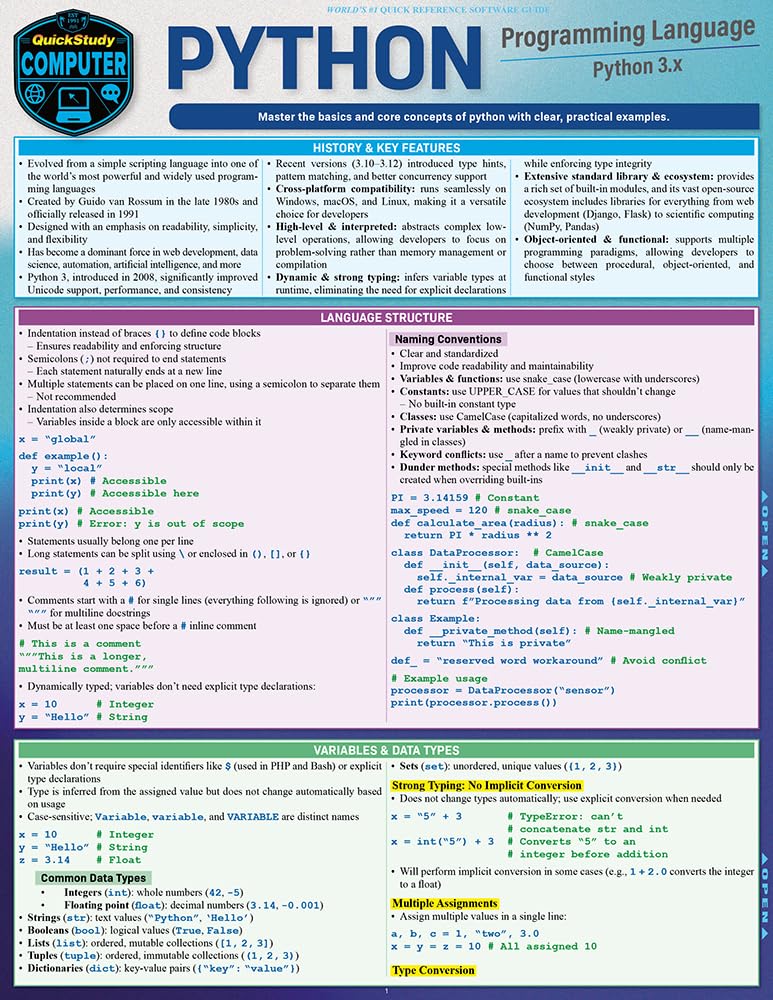
In data analysis, grouping data is a common operation which allows us to examine data on a more granular level. The pandas library in Python provides a powerful method called groupby which enables us to split data into separate groups to perform computations for better analysis.
A DataFrame in pandas is a two-dimensional, size-mutable, and potentially heterogeneous tabular data structure with labeled axes (rows and columns). When working with data in a DataFrame, it is often necessary to group the data based on one or more keys and then perform some kind of operation on the individual groups. This could be a summarization, transformation, or filtration operation.
The groupby method in pandas works on the principle of ‘split-apply-combine’. It involves three steps:
- Splitting the data into groups based on some criteria.
- Applying a function to each group independently.
- Combining the results into a data structure.
Here is a simple example of how groupby works:
import pandas as pd
# Sample DataFrame
df = pd.DataFrame({
'A': ['foo', 'bar', 'foo', 'bar', 'foo', 'bar'],
'B': ['one', 'one', 'two', 'three', 'two', 'two'],
'C': [1, 3, 2, 5, 4, 1],
'D': [10, 20, 30, 40, 50, 60]
})
# Grouping by single column and applying sum function
grouped_single = df.groupby('A').sum()
print(grouped_single)
# Output:
# C D
# A
# bar 9 120
# foo 7 90
In the above example, the DataFrame is grouped by column ‘A’, and the sum function is applied to each group which results in the sum of numeric columns within each ‘A’ group. That is a simple aggregation operation, but groupby can be used for more complex operations, as we will see in the following sections.
Grouping Data with pandas.DataFrame.groupby
Grouping data by multiple columns is also possible with the groupby method. When you group by multiple columns, each unique combination of keys in the specified columns forms a group. For example, if you wanted to examine the sum of columns ‘C’ and ‘D’ for each combination of ‘A’ and ‘B’, you would group by both ‘A’ and ‘B’ like so:
# Grouping by multiple columns and applying sum function grouped_multiple = df.groupby(['A', 'B']).sum() print(grouped_multiple) # Output: # C D # A B # bar one 3 20 # three 5 40 # two 1 60 # foo one 1 10 # two 6 80
The resulting DataFrame has a multi-index, with each level of the index corresponding to a key in the group. This can be useful for drilling down into more specific subsets of the data.
It is also possible to group by index levels, particularly when working with multi-indexed DataFrames. To group by level, use the level parameter:
# Assuming df has a multi-index ('X', 'Y')
grouped_by_level = df.groupby(level='X').sum()
print(grouped_by_level)
Another common operation is to group by the values of a column and get a list of all items in each group. This can be achieved using the agg function with the list function as an argument:
# Grouping by column 'A' and getting lists of all items in groups
grouped_list = df.groupby('A').agg(list)
print(grouped_list)
# Output:
# B C D
# A
# bar [one, three, two] [3, 5, 1] [20, 40, 60]
# foo [one, two, two] [1, 2, 4] [10, 30, 50]
As you can see, the groupby method is highly flexible and can be used to group data in many different ways, which makes it an essential tool for data analysis in Python using pandas.
Applying Aggregation Functions with pandas.DataFrame.groupby
One of the most powerful features of pandas.DataFrame.groupby is the ability to apply multiple aggregation functions concurrently. This can help in getting a more comprehensive understanding of the data. To do this, you can use the agg method and pass a list of functions you want to apply. Let’s say we want to calculate the sum, mean, and the count of elements in each group of our sample DataFrame:
# Applying multiple aggregation functions to each group
grouped_multiple_agg = df.groupby('A').agg(['sum', 'mean', 'count'])
print(grouped_multiple_agg)
This will return a DataFrame with multi-level columns, where the top level represents the original columns and the second level represents the applied aggregation functions, as shown below:
# Output: # C D # sum mean count sum mean count # A # bar 9 3.0 3 120 40.0 3 # foo 7 2.333333 3 90 30.0 3
Another useful feature is the ability to apply different aggregation functions to different columns. For example, you may want to sum the values of column ‘C’ while getting the mean of column ‘D’. You can achieve this by passing a dictionary to the agg method, where keys are the column names, and values are functions or list of functions:
# Applying different aggregation functions to different columns
grouped_diff_agg = df.groupby('A').agg({'C': 'sum', 'D': 'mean'})
print(grouped_diff_agg)
The resulting DataFrame will look like this:
# Output: # C D # A # bar 9 40.0 # foo 7 30.0
Groupby operations can be further customized by using custom functions for aggregation. That is particularly useful when the desired computation is not provided by the built-in methods. For example, you can define a function to calculate the range (max – min) of each group:
# Defining a custom aggregation function
def range_func(group):
return group.max() - group.min()
# Applying the custom function to each group
grouped_custom = df.groupby('A').agg(range_func)
print(grouped_custom)
And the output will be:
# Output: # C D # A # bar 4 40 # foo 3 40
The pandas.DataFrame.groupby method combined with aggregation functions provides a robust framework for summarizing and analyzing data in Python. Whether you’re applying single or multiple functions, built-in or custom, to one or multiple columns, these tools are essential for efficient data manipulation and preparation for further statistical analysis or visualization.
Handling Grouped Data with pandas.DataFrame.groupby
Once you have your grouped data, you might want to do more than just apply aggregation functions. Sometimes, you need to filter your groups or apply a transformation. This is where the filter and transform methods come into play.
The filter method allows you to drop data based on the properties of the groups. For example, if you only want to keep groups in which the sum of ‘C’ is greater than 5, you can do the following:
# Filtering groups
filtered_groups = df.groupby('A').filter(lambda x: x['C'].sum() > 5)
print(filtered_groups)
This will return a DataFrame where only groups that meet the condition are included. The output will look like this:
# Output: # A B C D # 1 bar one 3 20 # 3 bar three 5 40 # 4 foo two 4 50
On the other hand, if you want to apply a transformation to each group, you can use the transform method. For instance, you might want to standardize the ‘C’ column within each group:
# Standardizing within groups
def standardize(x):
return (x - x.mean()) / x.std()
standardized_groups = df.groupby('A')['C'].transform(standardize)
print(standardized_groups)
The transform method returns a Series or DataFrame that’s the same size as the input group, so you can combine it with the original DataFrame if you wish. The output for the standardization might look like this:
# Output: # 0 -0.707107 # 1 -0.707107 # 2 -0.707107 # 3 1.224745 # 4 0.707107 # 5 -1.224745
Lastly, you might want to iterate over groups. The groupby object is iterable, and it yields a tuple containing the group name and the group data. Here’s how you can iterate over groups:
# Iterating over groups
for name, group in df.groupby('A'):
print(f"Group name: {name}")
print(group)
This will print the name of each group and its corresponding DataFrame. Iterating over groups can be useful when you want to perform more complex operations that cannot be expressed as an aggregation, filter, or transformation.
In conclusion, handling grouped data with pandas.DataFrame.groupby is a versatile process that can involve filtering groups, transforming group values, or even iterating over each group for custom processing. These operations, combined with the ability to apply multiple aggregation functions, make groupby an essential tool for data analysis in Python.
Source: https://www.pythonlore.com/data-aggregation-with-pandas-dataframe-groupby/




